When you find the perfect toasted sandwich recipe after a night of drinking, you don't expect it to pivot into the foundation of a pop-up wine bar; yet, in both conception and execution, it mirrors the tech launch in so many ways.
If you ever daydream about setting up a restaurant, bar, or cafe, this post is for you. I will show you how you can apply startup principles to the non-tech world and make your daydream a reality.
Everything I did for this project follows the same principles and process you would follow for building a technology product. You will see that this idea originated from me trying to solve my own problem and listening to the market’s feedback.
Here is the ultra-short version with the longer story format below it.
As someone who loves hosting, I started making a bougie grilled cheese for friends after a night out.
Friends encouraged me to sell it, so I thought, why not?
Hosted a tasting night to figure out what to sell and for how much.
I got approached to partner with my friend Hannah to make it a wine and grilled cheese bar, and in the process, I secured a venue because of her connections.
Secured the venue and figured out what equipment and supplies we needed.
Developed the brand, created a landing page, and started taking reservations.
We did lots of wine pairing to find local and unique wines that would pair with the menu.
We prepped as much as we could ahead of time but learned there is always more you can do to prep.
The initial expectation/target was 20-30 people, but we had over 80 people show up and sold out of everything.
Experienced many delays, food quality, suffered during the busiest times due to rushing to get people's orders.
Thankfully, supportive friends were there to help us take orders and serve.
The night was a success; our break-even target for the night was $300, but we made $1,212+
Learning - Hospitality is a labor of love; margins are tiny, and you need to be open and full multiple nights a week to make it a sustainable business.
NB: For translation purposes, we call a Grilled Cheese a Toastie in Ireland. So, I will speak in my native tongue for this post. Also, we won’t get into the philosophical debate about whether a Grilled Cheese is a Fried Cheese or a Toastie is a Broiled sandwich.
The evolution of the idea
Background context
I love hosting and cooking.
I live in the most lively parts of the city, so hosting after-parties at mine became a thing. A good night out is a marathon and not a sprint. This means it’s about pacing yourself.
No shots early in the night (that messes with your runner’s rhythm)
When switching terrains from the bar to a house, you must refuel and soak up some excess alcohol.
The post-bar/club meal is key to keeping going and ensuring you don’t end up feeling as sick as a small hospital in the morning.
Inspiration for expanding the menu at Casa Johnson
One night in Napa, California, I ended up at a wine bar for the night but was so hungry I'd have eaten a picture of the last supper. Looking for any signs of food, I found they only sold a $19 grilled cheese sandwich. After getting over the fact that this wasn’t something I could leave behind for my future children, I decided I was too hungry, so I got it. Annnd it was incredible; it was so simple, just good sourdough bread and good cheese.
Experiment #2 - Solving for myself
After that night, I started to experiment to see if I could improve my own post-night-out toastie by
Copying a proven product
I made it for myself since it wasn’t available in my current city
Improving it to satisfy my requirements
Adding other cheeses and ingredients like tomatoes and jalapenos
Overly excited by just how good this tasted to an intoxicated individual after a night out, I wanted to share it with others.
Creating feedback loops
For the coming months, I replaced the typical bowls of popcorn and started making toasties for people. The toastie ingredients were wheat sourdough, (lots of) Irish butter, Scamorza, Brie, Gubbeen, tomatoes, and jalapenos, which resulted in the following feedback.
Multiples of drunk friends in Dublin: “These toasties are so, so good. Seriously, how did you make these?”
Soberish friends in Lisbon: “Wow, these taste incredible; you should sell these! You can’t get anything like this in Lisbon.”
Hypothesis is formed
After receiving the feedback from friends in Lisbon, I thought, okay, maybe there is something here, so below is the hypothesis I had.
If a convenient, quick-to-consume, high quality comfort food is offered near wine bars, it will be purchased by individuals who are meeting friends for drinks and are seeking to 'line the stomach' before an evening of drinks, but prefer to avoid the hassle of sit-down dining.
One of the key things about this was that it needed to be a test, so I applied the product principle of
What’s the atomic unit you can test?
The easiest way of forming an atomic unit to test is to identify what is something people are willing to pay for, and you can deliver within a set of constraints.
My parameters
No contracts or long-term commitments.
Must be able to run the test for under $800.
I optimize for enjoying the experience.
Break-even is the target.
Everything you see here is about apply the 80/20 rule.
‘Willingness to pay’ test
Taste testing focus group and willingness to pay, i.e., what version should I try to sell and for how much?
We ran through multiple menu items, and I tried to apply the Van Westerndorp Price Sensitivity index to the group. I say ‘tried’ because the group felt it was too complicated and opted to say what they would pay.
Creating your own luck event
A friend contacted me after I asked around for volunteers to participate in a taste testing. They mentioned that they had a location for a wine bar but needed a unique selling point for it. They asked if I was open to partner up.
Feasibility check
Can we at least break even with this test? Is the venue suitable? Can we get people to the venue?
After running the equivalent of the back of the napkin math, we said this looks like it can work. Napkin math with all the costs from everything can be seen here.
Regarding the finances, initially, I wanted to buy a professional toaster rather than grilling. Still, after running a taste test, the grilled (Fried) version scored as highly as the toasted (broiled). More money and logistics saved.
Greenlight project
Goal - Target to get 20 people for an evening in three weeks’ time
Observational insight - Other people get very excited about the idea of opening up a restaurant or bar and want to help. Seeing other people’s genuine excitement about your work is remarkably energizing.
When it came to company branding, thankfully, I had Kim, founder of Design for Good, as an advisor and Elisabeth, founder of Walk Ahead Studio, managed everything related to food design and branding.
If not for them, I would probably have gone live with the provocative but terrible name of ‘Wet and Moist’ using pictures of toasties I took with my phone.


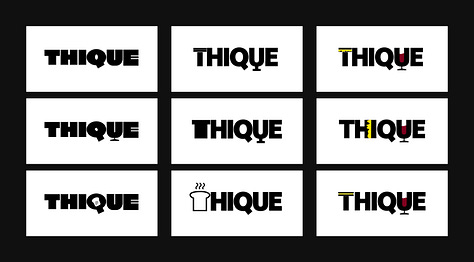
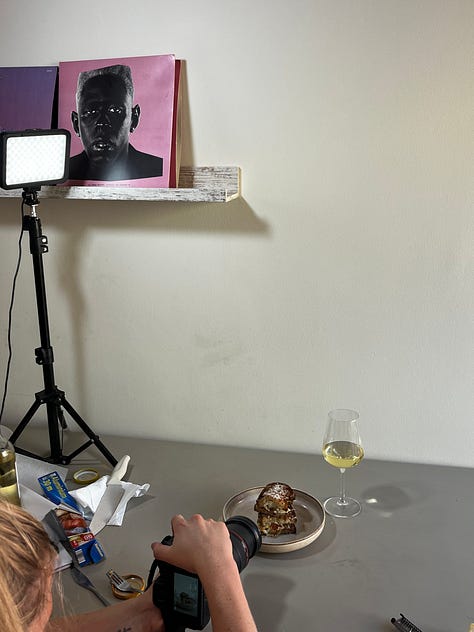
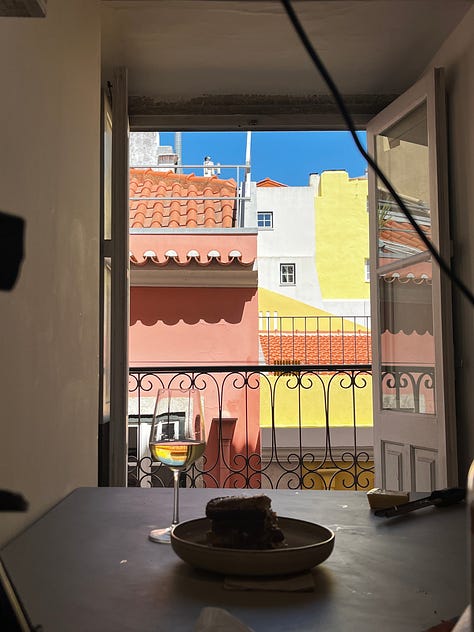
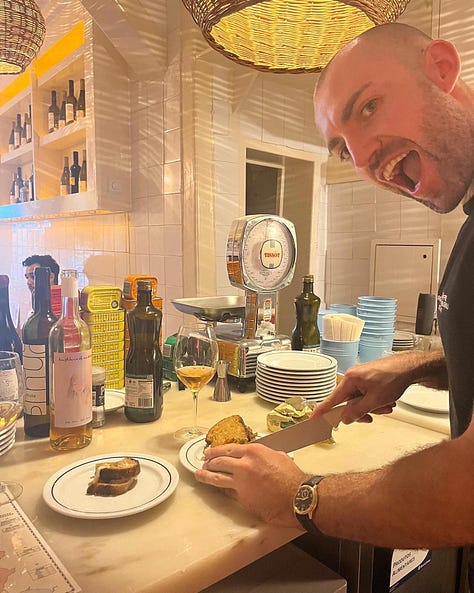

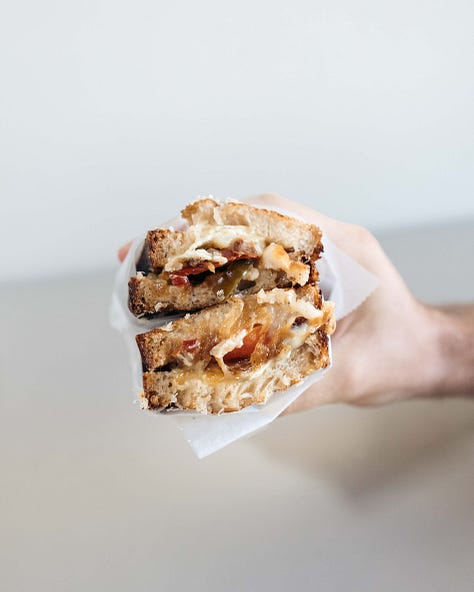
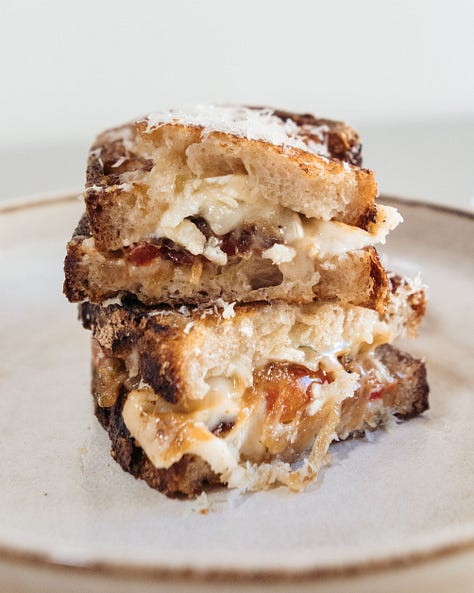
The website was made with Carrd ($19 per year), and reservations were managed using Tally (free).
The night of
Music
Colin Harmon of 3fe, in his book “What I Know About Running Coffee Shops”, had this great line where he said
“When selecting music for your venue, it’s more important to have appropriate music than “good” music.”
I love this quote and how it can be applicable to various aspects of life. With this in mind, our objective was to create an ideal atmosphere for a "second location" - somewhere that could prepare you for the night ahead. Below is the music selection that we have chosen to achieve this.
For the early part of the night, as people slowly started to come in.
As the night picked up
At the peak when wine was in full flow
Funny, the running of the night itself is probably the shortest part to write about. Mainly because it was so busy that everything became a blur. My main observation is that I was glad we worked with a shorter time frame because, as expected, the things that were actually important problems were only ever going to arise during the process of doing it.
The majority of the failures that night were due to insufficient preparation. Despite spending 11+ hours making caramelized onions with over 150 onions the day prior, we could have prepared a base menu item and then only needed to add additional ingredients for bigger orders. Failing to do this one thing led to massive wait times and rushed cooking during the busiest times. The rushed cooking meant not accurately monitoring the temperature of the pans, which led to them not being as crisp as they were intended to be.
However, overall, the night was a smashing success, and after doing surveys, we received an NPS of 9/10 (probably biased because people knew us)
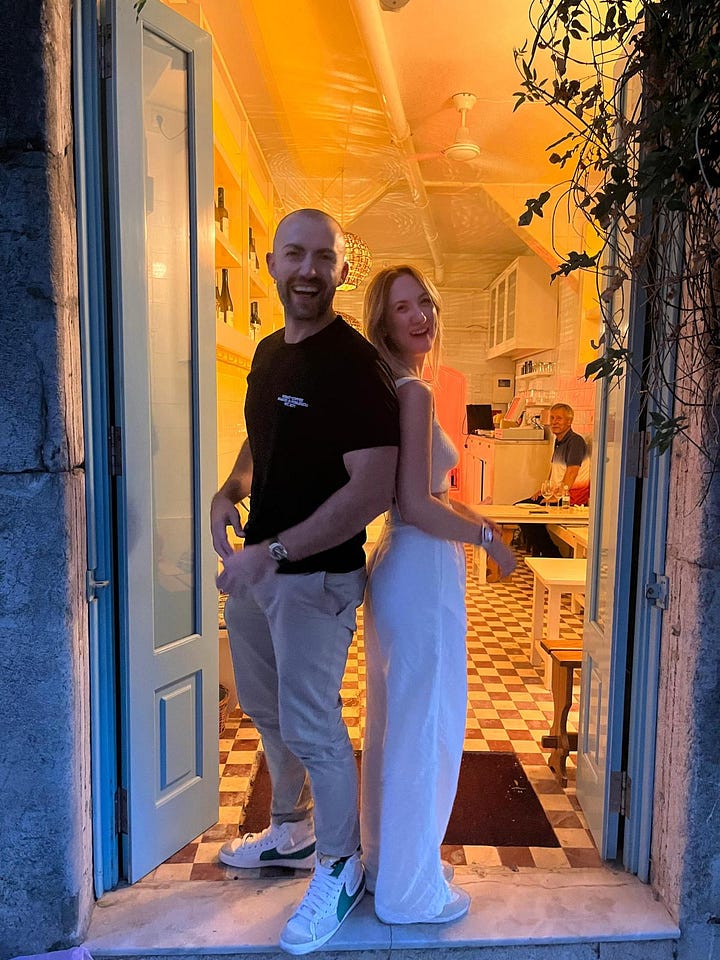

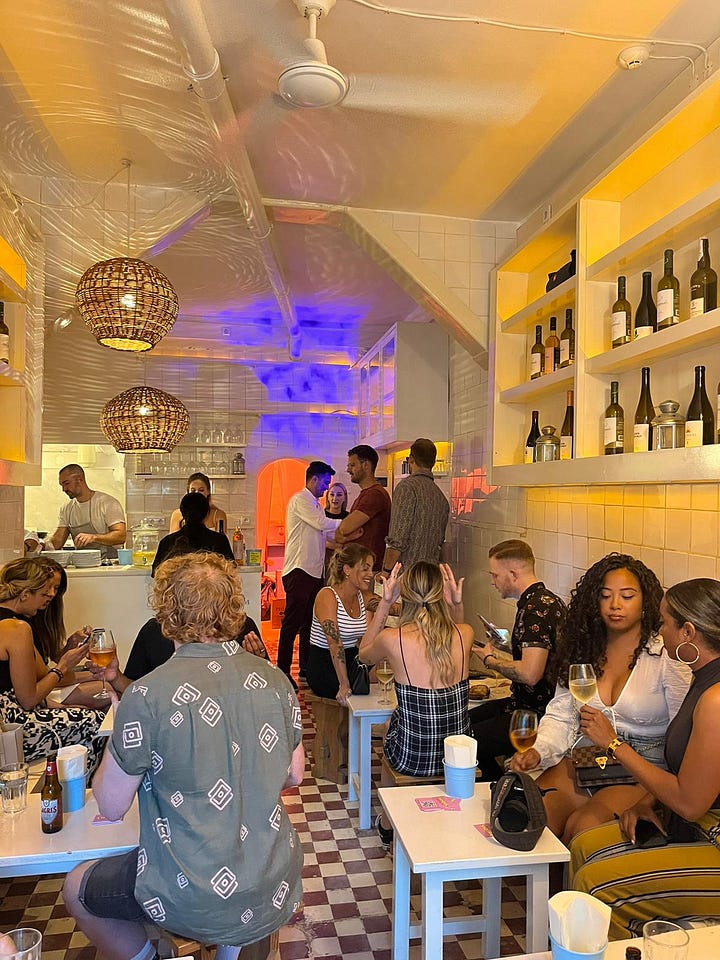
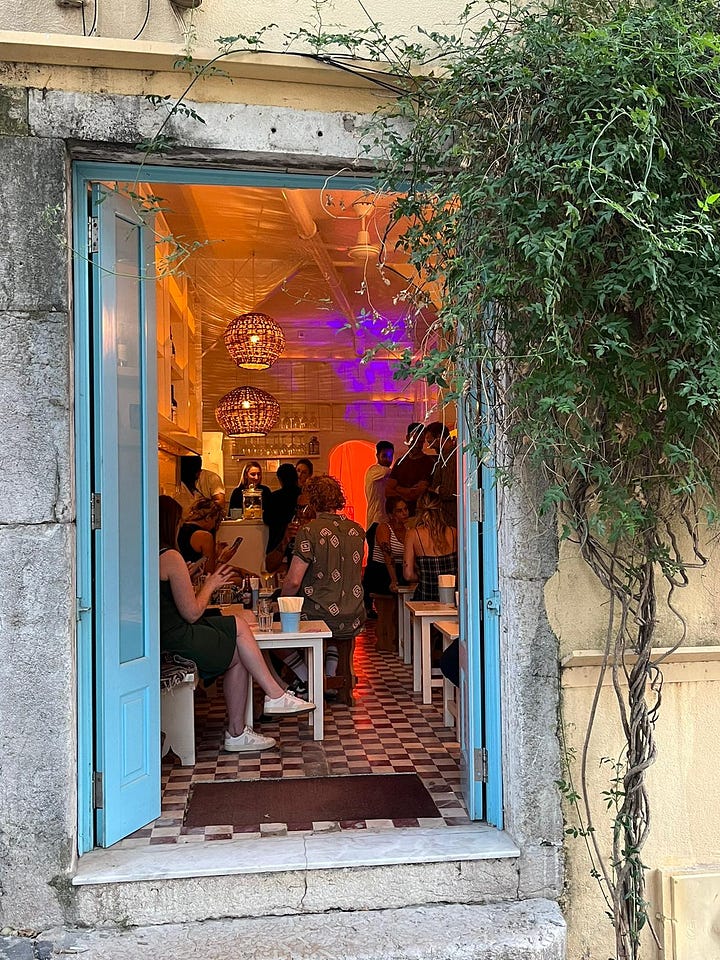
If we define success as a business that can make a profit and show growth potential, this experiment was a success. However, what I learned was that when you factor in continuous customer acquisition costs and labor, you would need the business to be open at least four nights a week at full capacity to continue to make a profit. Although possible, I learned that based on the degree of return we would get on even the most successful outcome, it wasn’t enough for me to dedicate my time to it. Like most businesses, the food industry is a labor of love, not for the faint-hearted.
My advice for that idea you have been sitting on is to try it. There are farmers’ markets, rented venues, and friends’ homes where you can test your idea. If doing those things doesn’t appeal to you, then you probably don’t care enough to do it, which is also a great thing to learn. The faster you can remove unfeasible ideas from your brain, the faster you can make room for new ones to grow.
P.S. I am forever grateful to all my friends who supported this venture from start to finish. You truly are the best x




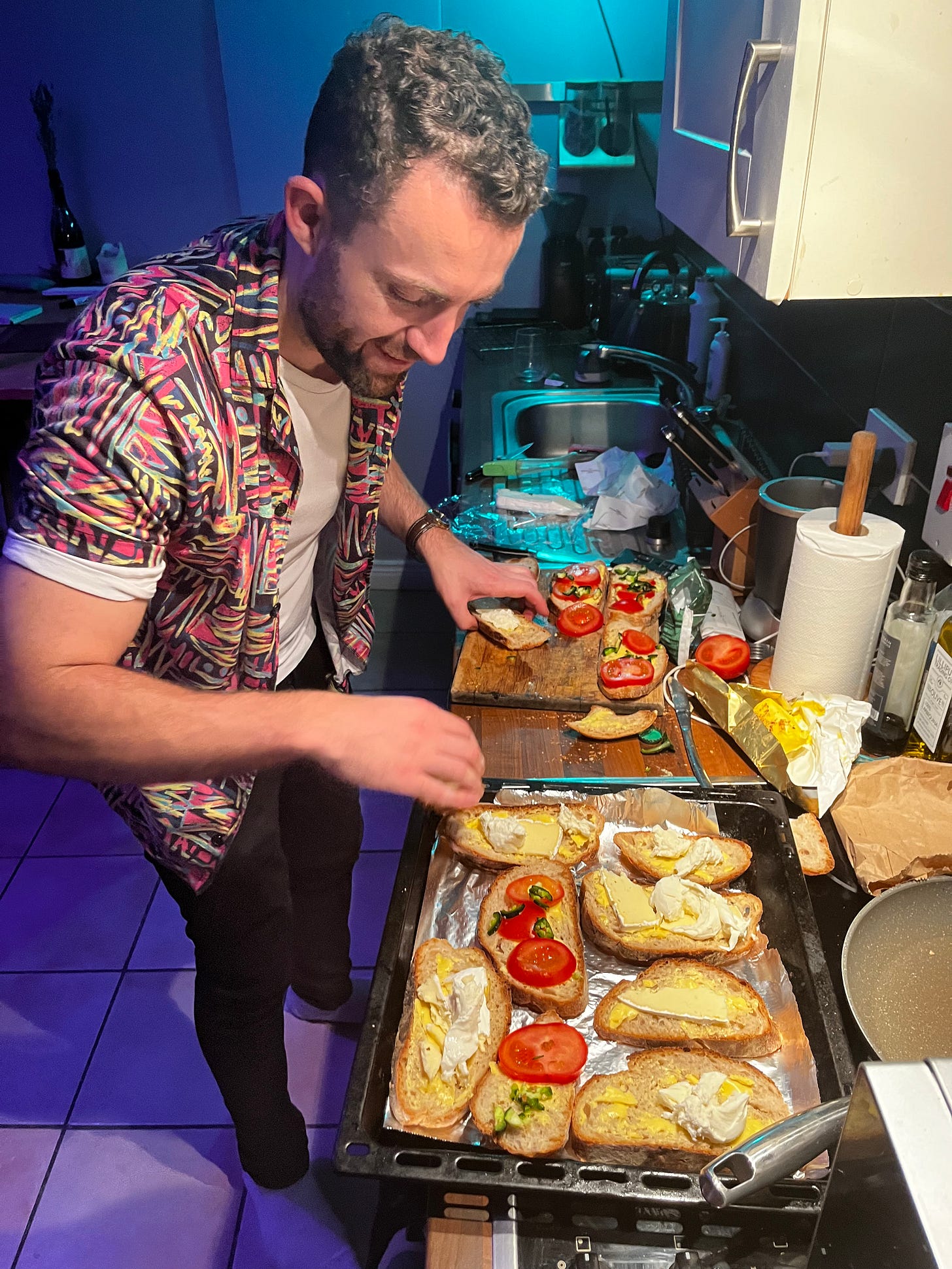
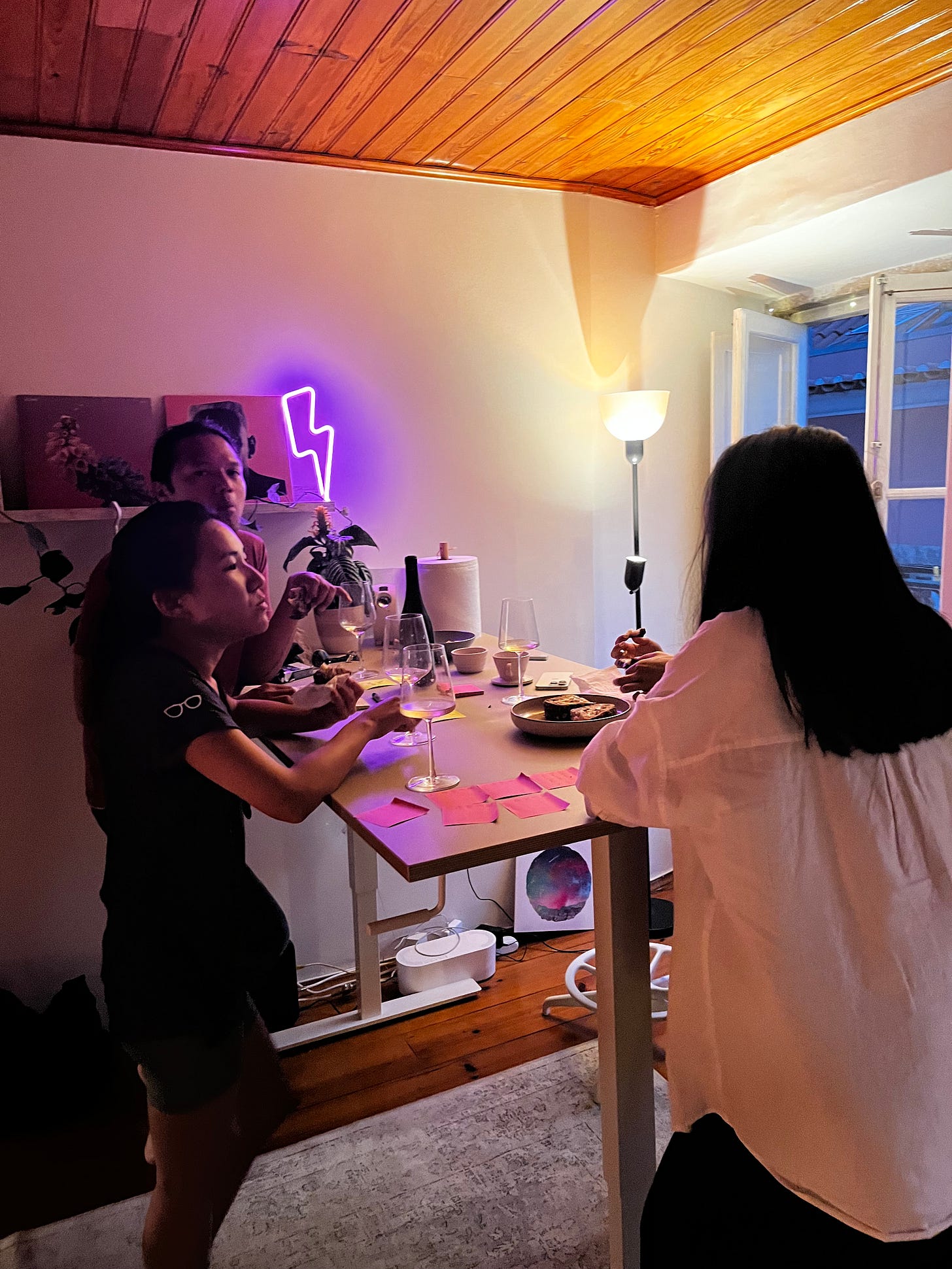



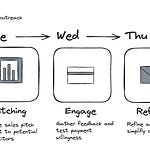






Share this post